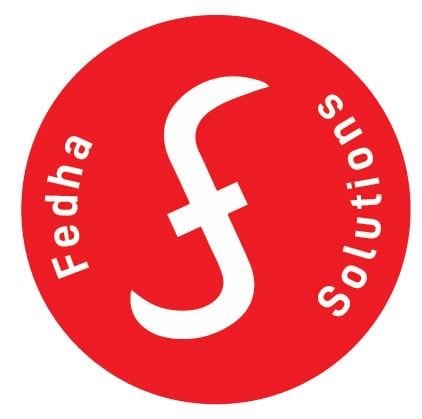Budgeting is a crucial aspect of managing a small business’s finances. Properly implementing and monitoring a budget ensures that financial resources are allocated effectively, goals are met, and the business remains on track. Budgeting apps have emerged as valuable tools that can significantly streamline the budget implementation process for small businesses. In this article, we’ll explore how a budgeting app can help manage the budget implementation process efficiently.
1. Centralized Budget Tracking:
Budgeting apps provide a centralized platform where all financial data and budget-related information can be stored. This allows small business owners and relevant team members to access and monitor the budget in real time, promoting transparency and accountability.
2. Real-time Updates:
Budgeting apps offer real-time updates on financial transactions, expenses, and revenue. This feature enables business owners to stay informed about their financial health and make timely adjustments to their spending when necessary.
3. Expense Categorization:
Budgeting apps allow for the categorization of expenses, helping business owners identify where their money is being spent. This categorization ensures that expenses align with the allocated budget for each category, preventing overspending.
4. Automated Expense Tracking:
Many budgeting apps integrate with bank accounts and credit cards, automatically importing transaction data. This eliminates the need for manual data entry, reducing the likelihood of errors and saving time.
5. Setting Spending Limits:
Budgeting apps enable small business owners to set spending limits for various categories. When expenses approach the predetermined limit, the app can send alerts, helping business owners make informed decisions and avoid exceeding their budget.
6. Goal Tracking:
Small businesses often have specific financial goals, such as revenue targets or cost reduction objectives. Budgeting apps allow users to set and track these goals, providing a visual representation of progress toward achieving them.
7. Forecasting and Planning:
Budgeting apps often include forecasting tools that help small business owners plan for the future. By analyzing past trends and data, these apps can provide insights into potential financial outcomes, aiding in decision-making.
8. Customization and Flexibility:
Every small business has unique budgeting needs. Budgeting apps offer customization options, allowing users to tailor the budgeting process to suit their specific business requirements.
9. Collaboration and Communication:
For businesses with multiple team members involved in the budgeting process, these apps facilitate collaboration. Different team members can contribute their insights and feedback, ensuring a more comprehensive budget implementation strategy.
10. Financial Reports and Analysis:
Budgeting apps generate various reports and visualizations that provide a comprehensive overview of the business’s financial performance. These reports aid in identifying trends, potential issues, and areas where adjustments are needed.
11. Integration with Accounting Software:
Many budgeting apps integrate seamlessly with accounting software, providing a seamless flow of financial data. This integration minimizes data duplication and enhances accuracy.
12. Mobile Accessibility:
Budgeting apps often have mobile versions, allowing business owners to manage and monitor their budgets on the go. This flexibility is especially valuable for entrepreneurs who are constantly on the move.
In conclusion, a budgeting app can revolutionize the way small businesses manage their budget implementation process. From real-time updates and automated tracking to forecasting and collaboration, these apps provide a comprehensive solution for effective budget management. By harnessing the power of budgeting apps, small business owners can optimize their financial strategies, make informed decisions, and drive the success of their ventures.
